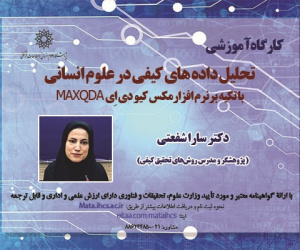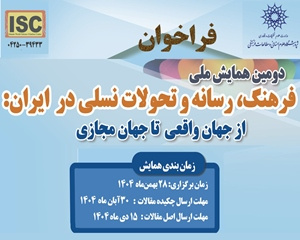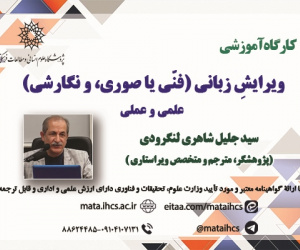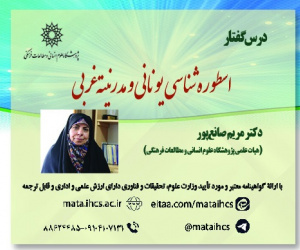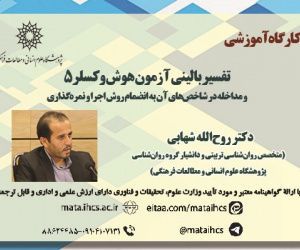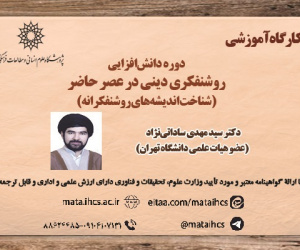قهرمان و ضدقهرمان؛ شخصیت پردازی ابلیس در تذکره الاولیاء عطار نیشابوری (مقاله علمی وزارت علوم)
درجه علمی: نشریه علمی (وزارت علوم)
آرشیو
چکیده
آرتور جعفری واژه ابلیس را محرف (ِDiabolos) یونانی می داند که مسیحیان آرامی یا عربی زبان، آن را وارد زبان عربی کرده اند.تلقی عرفای سکری از مفهوم ابلیس با طرح واره های ذهنی فقها و به تبع آن توده مردم سازگار نیست. ابلیس از زمان لاهوتی جدا شده و در زمان ناسوتی (جهان مادی) سیر می کند و زمان ازلی را با زمان مادی پیوند می دهد و حکایت دچار زمان پریشی می شود. این حکایت ها به تدریج از پوسته روایت تاریخی خارج شده و به روایت داستانی نزدیک می شوند. شخصیت ابلیس در حکایت های تذکره الاولیاء، همچون رویدادهای مخل، حکایت را از حالت تعادل خارج کرده و به نوعی بی تعادلی سوق می دهد. عطار، نگاه عرفانی و فقهی را که دارای دو صدا و دو معنای مختلف است برای بیان یک شخصیت واحد (ابلیس) به کار می برد که این دو صدا دارای ارتباط مکالمه ای هستند. این دو صدا در بیشتر حکایت های تذکره الاولیاء مشهود است. روایت پردازی در حکایت های این اثر، جدای از این که وجه هنری به کلام عادی می دهد، شیوه ای برای اقناع مخاطب است. در این روایت های داستانی، شخص در عمل روایت، به شخصیت تبدیل می شود. این پژوهش بر آن است تا پردازش شخصیت ابلیس را (در حکایت های تذکره الاولیاء) در دو وجه متضاد قهرمان و ضد قهرمان در عمل داستانی تبیین کند.Hero and Anti-Hero: The Characterization of Iblis in Attar Nishaburi's Tazkerat al-Awliya
Arthur Geffery Believes that the word "Iblis' is a borrowing from of the Greek word "diablos', which was introduced into the Arabic language by Aramaic or Arabic-speaking Christians. The Sufi understanding of the concept of Iblis is not compatible with the mental schemas of the jurists and consequently not with the masses. Iblis is separated from divine time (lahut) and wanders in nasut time (the material world), connecting the eternal time with the material thime, and the story becomes temorally distorted. These stories gragually shed their historical narrative skin and approach fictional narratives. The figure of Iblis in the stories of Tadhkerat al-Awliya, like the events of certian, disrupts the story's equilibrium and leads to a kind of imbalance. Attar employs a mystical and jurisprudential perspective with two different voices and meaning to portary a single character (Iblis), with these two voices having a conversational relationship. These two voces are evident in most of the stories of Tazkirat al-Awliya. The narration in the stories of this work, not only lends an artistic aspect to ordinary speech, but ix also a means of persuading the audience. In these fictional narratives, the person in the act of narration becomes a character. The aim of this study is to explian the characterization of Iblis (in the stories of Tazkerat al-Awliya) in the two opposing aspects of hero and anti-hero in the act of storyelling.
